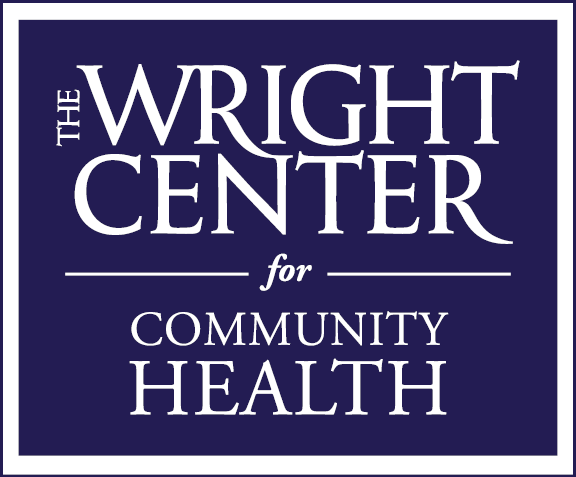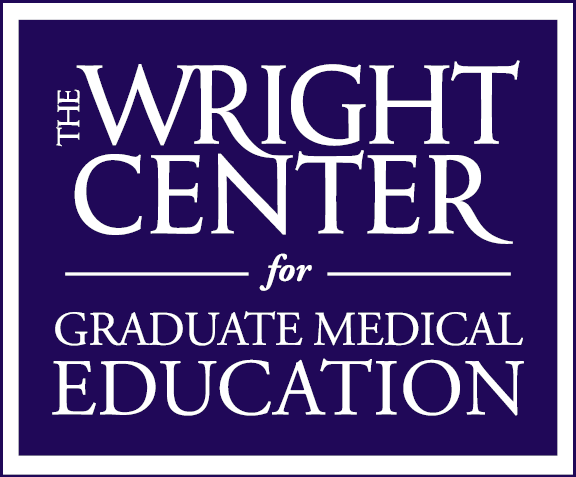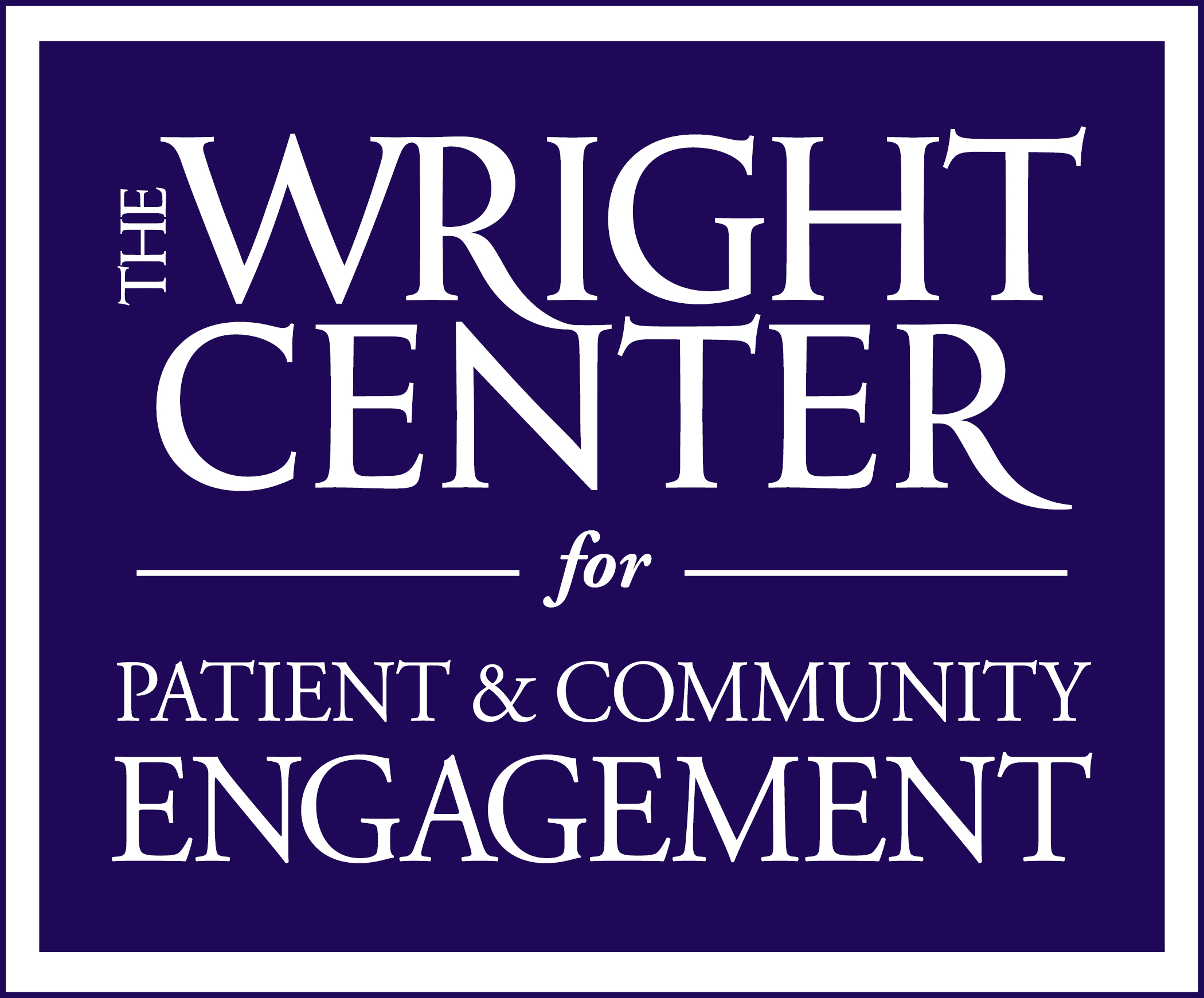
The Wright Center Useful Acronyms
Q. Wright Center Foundation noted as established in February which allowed PCA to not change and add another resource to help. What is next for Foundation and was anything beyond establishment a part of the 22-23 goal?
A: We incorporated the foundation with the original intent to drive large-scale capital campaigns, Wilkes-Barre in particular. However, since that time, we have made the decision to strategically shift that focus and for the foundation. From time to time, individuals and corporations make donations to the health center or The Wright Center for Patient and Community Engagement, and the re-envisioned direction for the foundation at this time appears to be twofold: (1) to centralize charitable contributions from third parties to the foundation, and (2) to use the foundation to centrally control charitable contributions The Wright Center makes to other community-based nonprofit organizations. Because we are often solicited to contribute to other charitable causes, the foundation is planned to be the strategic structured vehicle through which donation decisions can be made and guardrails erected to streamline and limit outward bound contributions to assure mission alignment. In this fiscal year, the auditors recommended that we not file for an EIN for the foundation until July 1, 2024. That will enable the executive committee to determine the structure of the foundation in terms of governance and adopt an operating agreement – which is one of my rocks for this fiscal year.
Q. Brand awareness and social media- The metrics are higher YOY by percentage but no commentary on (a) is that a significant increase on a normal base or a big increase on a low base. There is a lot of data but I cannot interpret if that is on target with what was to be accomplished and was goal of increasing brand awareness met and any other proof points
A: Yes, there was a target for increasing Facebook and Instagram followers by 5%. This goal was assigned to the new employee hired in the Marketing and Communications department specifically to manage all social media platforms. Overall, the Marketing and Communications department increased Facebook followers from 3,316 to 3,845, an increase of 17.1%. Sprout Social, which our team uses to schedule and manage posts, does not have data for Instagram for FY 2022, although as of June 30, 2023, our Instagram account had generated 2,056 followers. Therefore, Paul Kryzwiki, the Executive Director of the Marketing and Communications Department, is confident that the 5% goal was also reached with regard to Instagram.
Q. Goal on documentary – discusses who we hired and their background and states on track but was the Stage Gate delivered by June 2023? I cannot tell from the narrative.
A3: The plan for the documentary was put in place by Scott Koerwer, although there was no documented Stage Gate where these plans were captured. The Marketing and Communications Department will complete this when the successful firm is chosen to produce the documentary, since the costs and timelines necessary to complete the Stage Gate will come through the collaborative work with the successful production firm. Also, I will add one clarification – the initial Request for Proposals was verbal rather than written, and three local firms have been interviewed by the Marketing and Communications Department. After further consideration this week, we will be issuing a written RFP and posting the RFP nationally to have a truly broad pool of qualified firms from which to choose who will work with us on exactly the product we expect to be delivered.
Q: Since the departure of Scott Kroewer, who is the point person inside the organization?
A: The Marketing and Communications Department now reports to me [Jenn Walsh]. However, I am recruiting a VP of Storytelling and Strategic Communications to lead the content work of the documentary as well as our messaging to all stakeholders of our work, our services, our mission, etc. We have had four very promising interviews, and are in the process of selecting the successful candidate. This person will work closely with the MarComms team and the archival librarian to deliver the documentary.
Q: Who is the archival librarian?
A: Gina Coticchio is our archival librarian. She joined us earlier this year.
Q: Is the person hired for ghost writing a full-time employee?
A: No, Dave Jolley is an independent contractor.
Q: Is he ghostwriting scholarly work? If so, for whom?
A: At this point, no, Dave Jolley is conducting interviews and gathering historical facts to shape the narrative story and journey of The Wright Centers for a book, which will inform the production of the documentary.
Q: What is the status of the project?
A: The Marketing and Communications department has interviewed three firms to produce the documentary, and is conducting a more formal Request for Proposals for those firms and to make nationally available to very specifically enumerate our expectations for the project and invite talented firms across the nation to engage in the proposal process.
Q: And, lastly, how much actual money has this cost to date?
A: The only external costs we have incurred last fiscal year (and up through today) are for the services of Dave Jolley, who has been paid approximately $26,000 in total for his work to date. In previous fiscal years, the former VP of Marketing and Communications had an interview recorded with Dr. Wright for preservation purposes.
Q: Dr. Thomas-Hemak generated receipts $ 409,863.10 but Adjusts $346,627.98 but then under that it says receipts $376,100.72 and adjusts $414,414.39. Please explain. I don’t know what this means. Please explain. What did she actually generate? Can’t we have one number like last year.
A: Explanation of the Productivity Report: The Productivity Report reflects each Provider’s Production (titled “Charges,” which reflects the total reimbursement demanded for all services provided to the patient based upon our fee schedule), Collections (“Receipts,” which is the amount received from the insurance company or other payer, which in most instances is lower than the amount billed as a result of insurance company payer agreements) & the amount Adjusted (the difference between Charges and Receipts) for the date range selected within the primary report filter. Given the Boards’ recent requests for data trends, i.e., how we perform year over year, the Productivity for fiscal year 2022-2023 is the first data provided, with the data from fiscal year 2021-2022 immediately below for comparison. To answer the second part of the question, for fiscal year 2022-2023, Dr. Thomas-Hemak generated $409,863.10 in actual reimbursements received for clinical services provided to patients.
Q: Why has Google Analytics been deactivated?
A: Google Analytics was deactivated as a result of the filing of a number of lawsuits alleging that the use of Google Analytics by health systems and hospitals was a violation of the Health Insurance Portability and Accountability Act of 1996 (HIPAA). The most recent such suit was filed on December 30, 2022, against Cedars-Sinai Medical Center in California. According to this summative article, “[i]n the summer of 2022, an investigation into the use of these technologies revealed almost one-third of the top 100 hospitals in the United States had used pixels and other tracking code on their websites that were capable of collecting and transmitting sensitive data to the providers of that code. The Cedars-Sinai lawsuit is one of dozens filed against healthcare providers and other health-related companies in the past year over the use of tracking technologies on websites and mobile apps without user consent . . . . The lawsuit alleges the sensitive personal and health information of the plaintiff [a John Doe plaintiff] and other Cedars-Sinai patients was impermissibly disclosed to Google, Meta, and Microsoft Bing due to the use of tracking code on its website. The lawsuit states that Cedars-Sinai encourages patients to visit its website to research medical symptoms and health issues, identify doctors that can treat their specific health problems, and make appointments online. Doing so requires patients to disclose their symptoms and communicate highly sensitive medical information, which the plaintiff did in the belief that privacy was assured.”
Also in December 2022, the US Department of Health and Human Services issued guidance warning health care facilities of the dangers of such practices.
Q: Going over giving/fundraising for PCE. Why did we not list Golf profits, Duncan Donation and SAF donations?
A: We included the awesome golf tournament but were in the process of conducting an internal review of the charitable contributions and sponsorships to confirm and validate the amount raised. We will add the final numbers ASAP. I believe that the Dunkin’ Donuts donation happened on November 11, 2023, which is in this current fiscal year – not the 2022-2023 fiscal year that you are assessing. The same is true for the SAF donation to my knowledge – but I will confirm this and certainly include it in this assessment if the donation occurred between July 1, 2022, and June 30, 2023. Otherwise, both welcome and most appreciated contributions will appear in next year’s assessment for sure!
Q: So…just wondering what the final and concrete process and protocol for the submission of concerns is in the area alluded to below. I understand what the intention is but I can’t seem to identify the pathway to success.
SI Curriculum, QI/QA and Faculty Development. An important focus of this role will support resident/fellow/Faculty education and comfort level in reporting concerns without fear of retaliation, conducting root cause analyses and improvement projects.
As you know, we have had several mechanisms in place for residents and fellows to anonymously or non-anonymously report concerns without fear of intimidation or retaliation, such as our internal SAFE event reporting system (which reports through Patient Safety and Quality, Enterprise Integrity, and Legal), Direct Access (that connects through our HR department), Thought Sharing with the DIO (a special email box only for Dr. Barooah), just to name a few. However, we recognize that there is still work to do in improving the feeling of safety around this important area of focus, so we appointed Connie Sixta, PH.D., RN to the position of VP of SI Curriculum, QI/QA and Faculty Development last fiscal year. In that role, Connie worked directly with residents and fellows conducting root cause analyses of things that didn’t go as expected to affect productive system and process improvement, and she worked with residents on the Sponsoring Institutional curriculum in population health. Another step in the corrective action plan to address fear of intimidation is the internal surveys we circulate, designed to actively seek feedback from residents, fellows and faculty to generate additional action plans responsive to real-time concerns. Additionally, we made an intentional investment in the career advancement of Dr. Douglas Klamp to the position of Chief Medical Education Officer (CMEO). During the psychiatry residency Special Review led by Dr. Klamp, it became apparent that the psychiatry residents worked very collaboratively and connected extremely well with Dr. Klamp in transparently sharing their concerns. Because Dr. Klamp was able to create a safe space for transparency for residents to productively share concerns without fear of intimidation or retaliation, we promoted Dr. Klamp to the role of CMEO, with a primary job responsibility to “lead organizational efforts to reduce perceptions of fear and intimidation as it pertains to responsive solutions related to resident, fellow and faculty empowerment.” As per Dr. Klamp, “[t]he fundamental duty of CMEO is to make sure all learning environments are of high quality. This also includes, as per my job description, being the point person for the residents to contact with any concerns about faculty members or problems with other residents that are not adequately handled by the chief residents. Dr. Thomas specifically outlined these job duties and wanted me in this role because she knows that residents feel very comfortable coming to me with problems and that I effectively help them resolve problems, such as recent changes in faculty.” We believe that Dr. Klamp has made significant strides thus far, and that resident participation in internal surveys, and the results connected to this area of inquiry on the survey, will continue to show improvement on this important transformation. We also conduct multiple types of open forums for residents, both with and without faculty and administration, for free sharing of concerns. Demonstration of progress that residents, fellows and faculty can see and feel will be the best lever in moving the needle on ACGME survey responses on raising concerns without fear of intimidation and retaliation, and our Action Plan will continue to iteratively improve moving forward. Closing thoughts from Dr. Klamp: “An organization can have many mechanisms in place for residents and fellows to report problems, as we clearly have, but it often comes down to how comfortable learners feel in making complaints and whether anything positive will actually be done. I must say that for years residents have raised concerns to me about leadership and leadership decisions and they have not seemed at all reluctant to do so . . . . As someone who has not been shy about offering suggestions for improvement, the fact that I was put in a position to make changes more quickly rather than shunned as an annoyance, I believe paints a pretty clear picture about how leadership wishes to operate when it comes to being responsive to employees and learners’ needs.”
Input for Executive Committees
"*" indicates required fields
Questions for management
"*" indicates required fields
Click on the organization below on whose board you serve to see metrics, goals, and accomplishments specific to that organization.
Once you’ve had the opportunity to do so, check out Dr. Thomas-Hemak’s closing thoughts in the video at the bottom of the homepage.



